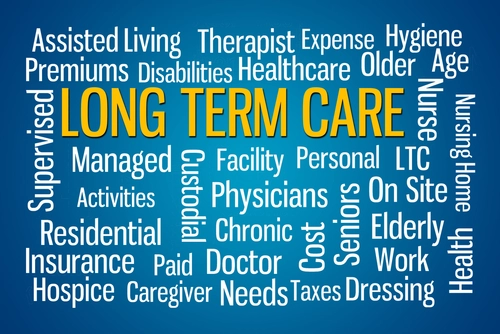EM Coding Alert
Your Chances of Getting Paid for End-of-Life Services Just Got Better
Since January, you’ve had CPT® codes to bill your providers’ advance care planning services, but CMS didn’t assign relative value units (RVUs) to the codes, meaning you wouldn’t collect from Medicare — and many other payers.
Good news: Effective Jan. 1, 2016, you will be able to collect for your practitioners’ services in talking about end-of-life decisions with Medicare beneficiaries.
CMS released its Final Rule on Oct. 30, outlining how it will pay for services under the Medicare Physician Fee Schedule in 2016, which included comments and explanations of how CMS set payments for both old and new services.
“CMS is establishing separate payment and a payment rate for two advance care planning services provided to Medicare beneficiaries by physicians and other practitioners,” the agency said in a Fact Sheet about the decision. “The Medicare statute currently provides coverage for advance care planning under the ‘Welcome to Medicare’ visit available to all Medicare beneficiaries, but they may not need these services when they first enroll. Establishing separate payment for advance care planning codes to recognize additional practitioner time to conduct these conversations provides beneficiaries and practitioners greater opportunity and flexibility to utilize these planning sessions at the most appropriate time for patients and their families.”
The CPT® codes that describe these services are as follows:
-
99497: Advance care planning including the explanation and discussion of advance directives such as standard forms [with completion of such forms, when performed], by the physician or other qualified health care professional; first 30 minutes, face-to-face with the patient, family member[s], and/or surrogate
-
+99498 ... each additional 30 minutes ...
Payment is set: The agency assigned 1.50 work RVUs to 99497 and 1.40 RVUs to 99498. Officials noted that this will translate into payments of about $86 for 99497 and $75 for the add-on code 99498.
According to the Final Rule, you can report 99497 and 99498 on the same date as other E/M services, transitional care management and chronic chare management, and you can even bill them during global surgical periods. You cannot, however, report 99497 and 99498 on the same date as certain critical care services including neonatal and pediatric critical care, the Final Rule indicates. Make certain your provider summarizes the content of the conversation in the note as well as the time of the face-to-face encounter.
Look for Conversion Factor to Drop
On the negative side, doctors who were looking for a 0.5 percent pay boost — as promised as part of MACRA, which was passed earlier this year — will be disappointed. Although MACRA said that payments would increase by 0.5 percent every year from 2016 through 2019, the Final Rule suggests otherwise.
The conversion factor is actually dropping from the current level of 35.9335 to 35.8279, the Final Rule says. Although CMS did increase the conversion factor by 0.5 percent, the agency then cut it by -0.02 percent due to a “budget neutrality adjustment” and another -0.77 percent attributed to a “target recapture amount,” resulting in a total cut of 0.3 percent instead of the 0.5 percent raise that doctors had expected.
Resource: To read the entire Final Rule, visit https://s3.amazonaws.com/public-inspection.federalregister.gov/2015-28005.pdf or read the Fact Sheet at www.cms.gov/Newsroom/MediaReleaseDatabase/Fact-sheets/2015-Fact-sheets-items/2015-10-30-2.html.
Related Articles
EM Coding Alert
- Follow 3 Tips to Successfully Report Pre-op Clearance Encounters
Note the pre-op clearance is different from an H&P. Many providers, both primary care and [...] - RAC Audits:
Shore Up Your SNF Coding Before Auditors Come Knocking
1 RAC points you toward problem areas you can fix now. If your physicians perform [...] - Advance Care Planning:
Your Chances of Getting Paid for End-of-Life Services Just Got Better
But you may see a small reimbursement dip due to conversion factor changes. Since January, [...] - Reader Question:
Update Your Deductible Collections
Question: Can you tell us what the Medicare deductible will be for next year? Kentucky Subscriber [...] - Reader Question:
No Hospice Employment Relationship? Use GV
Question: A patient at a local hospice care facility with terminal lung cancer was having heart [...] - Reader Question:
Identify Separate Service Before Charging an E/M with Allergy Shots
Question: My physicians have just started seeing patients for allergy shots. They want to bill an [...] - Reader Question:
Routine 99211s Will Land You in Hot Water
Question: My doctor heard we can report 99211 with 85610 for prothrombin time checks and with [...] - You Be the Coder:
Is 81001 POS Dependent?
Question: Is 99214 payable if coded with 81001 when the place of service is 22? Is [...]




